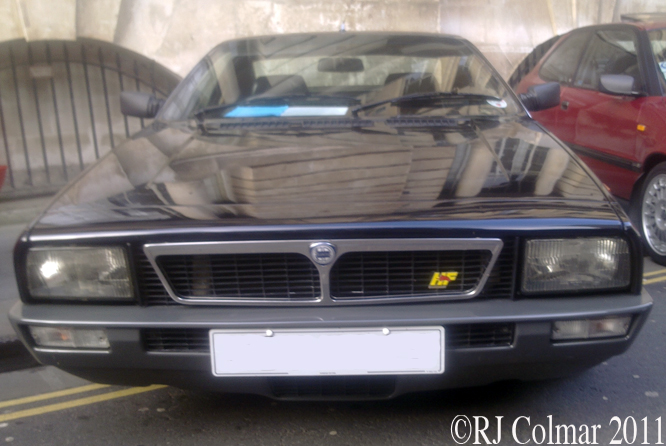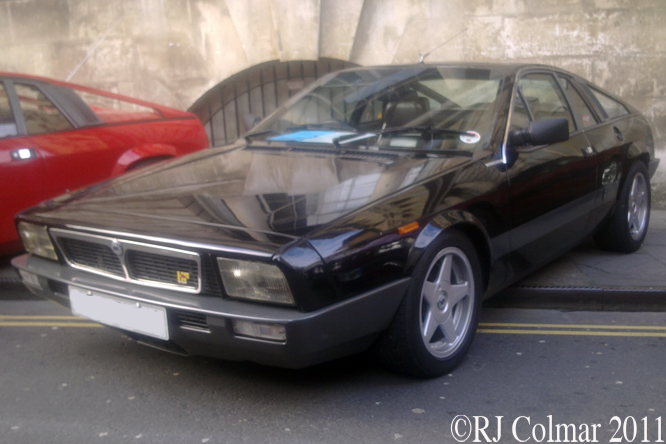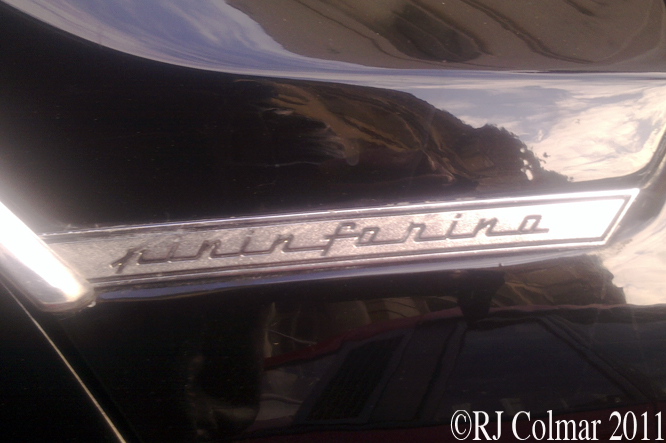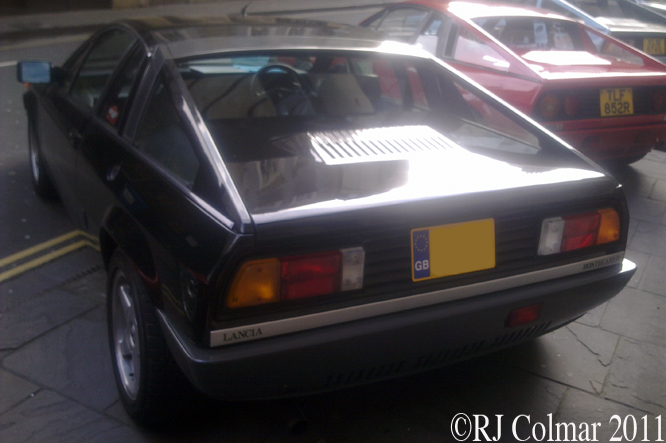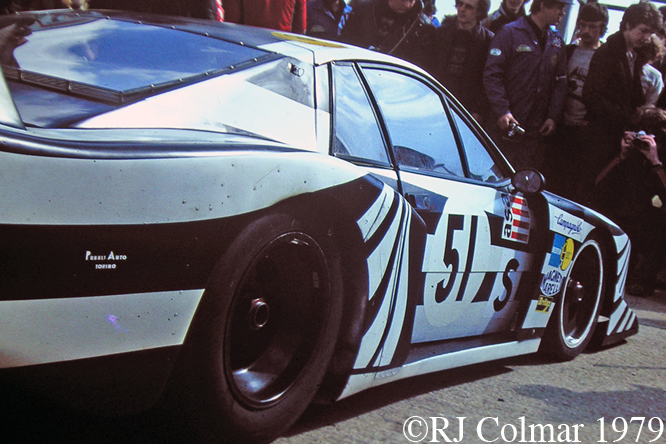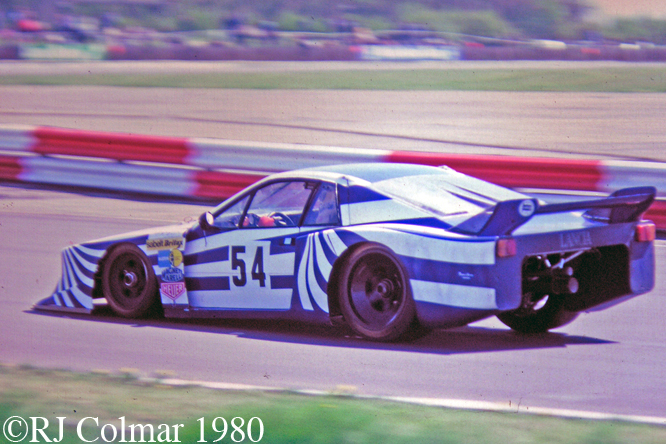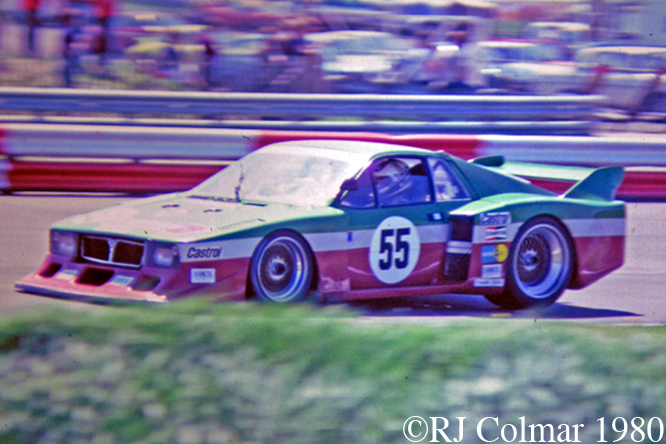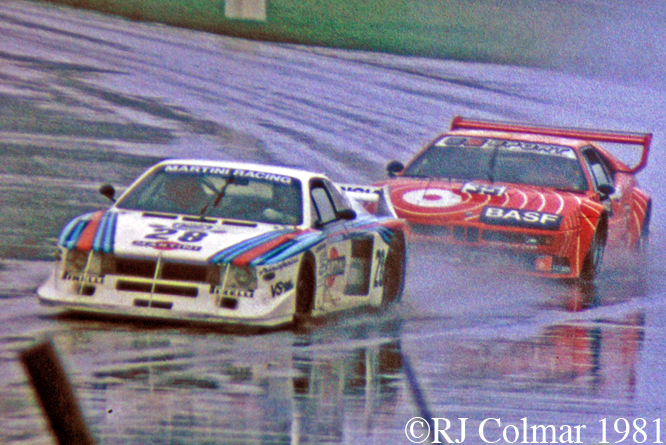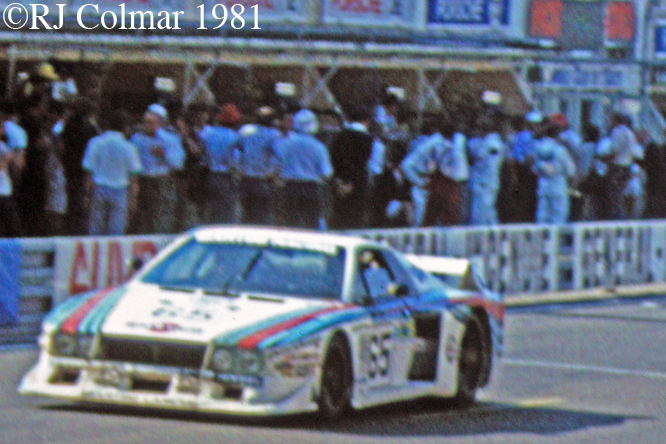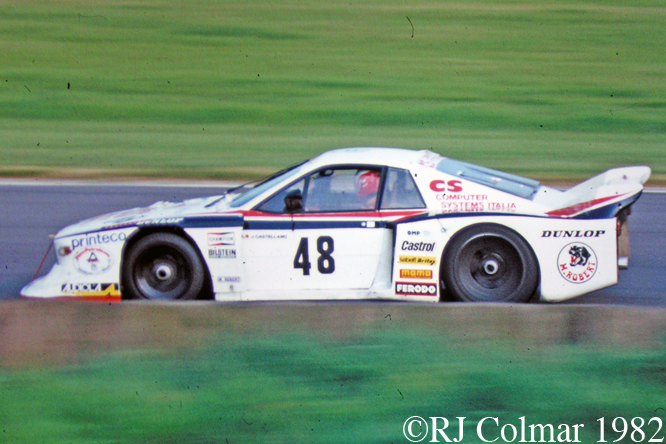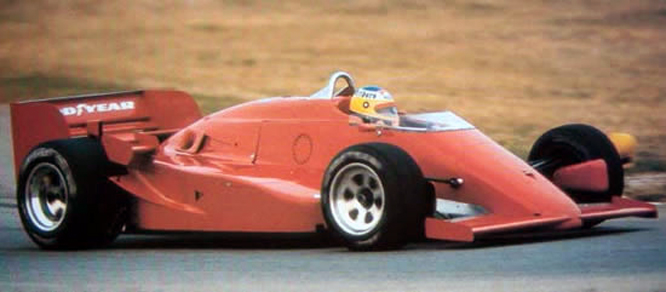The Lancia Beta Montecarlo was based on the prototype Abarth 030 which was intended to be a big brother to the little Bertone designed X 1/9 sports car and carry a similar FIAT badge.
For reasons that are not at all clear the project was passed over to Lancia and the cars were constructed by Pininfarina who had designed the body work.
3,853 first series ‘Beta Montecarlos’ were built and 1,940 second series vehicles were built and marketed under the simplified Montecarlo, one word, name. In the US 1,801 Montecarlos known as Scorpions were sold, these are distinguishable by a pair of semi pop up round headlights.
Montecarlos of both series left the factory with 2 litre / 122 cui 120 hp motors mounted transversely behind the driver, while the Scorpions had smaller 80 hp 1756 cc / 107 cui motors which met US emissions regulations.
Fellow #53 Beetle fan and GALPOT Birthday boy Jeff Fuller may remember that Herbie fell in love with a powder blue Montecarlo / Scorpion called Giselle in the 1977 film Herbie Goes to Monte Carlo.
After both BMW and Porsche had withdrawn factory support for the silhouette Group 5 sports car formula in 1978 Lancia stepped up to the plate and joined the fray with a Group 5 Lancia Montecarlo Turbo for the 1979 season. Above the wild styling of the racer was matched by an equally wild paint job courtesy of the Pubbli Auto Torino graphics agency. On its debut at Silverstone the car qualified 7th in the hands of Riccardo Patrese and World Rally Champion Walter Rorhl and retired with head gasket failure. The cars eventually proved sufficiently reliable to win the under 2 litre division of the World Championship for Makes.
By 1980 the Dallara built Montecarlo Turbo’s had became reliable and fast enough to beat large numbers of privately entered Porsche 935’s and sundry others outright at Brands Hatch, Mugello and Watkins Glen. Above the #54 driven by Rorhl and Michele Alboreto scored a class victory at Silverstone which helped Lancia win the class and overall 1980 World Championship for Makes. At the end of the year two of these cars also scored a 1-2 victory on the mixed race rally Giro d’Italia having been disqualified from a similar result the year before.
In 1980 two privately entered Montecarlo Turbo’s were used by Jolly Club and Team GS-Sport the former with drivers Martino Finotto and Carlo Facetti mostly entered in the World Championship races as at Silverstone above and the latter entered a car for Hans Heyer in the German DRM Championship which he won outright.
For 1981 with Martini sponsorship, as seen above with Patrese and Eddie Cheever driving at a soaking Silverstone, Lancia entered a car with a larger turbocharged motor in the over 2 liter category at selected events in order to steal points from Porsche in the over 2 liter class of the World Championship for Makes. The ploy did not really work but a victory by a BMW M1 in the over 2 litre class did ensure Porsche did not have maximum points at the seasons end and so handed Lancia with a clean sweep in the smaller class the overall World Championship title.
The #65 Montecarlo Turbo above was driven by Alboreto, Cheever and Facetti from 31st on grid to an 8th place overall and 2nd in class finish at Le Mans in 1981.
Using the same #0009 chassis as Alboreto, Cheever and Faceti had used at Le Mans in 1981, but now entered by the private Vesuvio Racing, Prime Minister Margret Thatchers son Mark is seen here at the wheel he shared with Jim Crawford and Joe Castellano on the way to a 10th place finish in the 1982 Silverstone 6 Hour race. With no factory backing Group 5 had been dropped from World Championship status and the cars were make weights during 1982 in a series dominated by the Porsche 956 Group C cars and Lancia LC1 prototypes.
I was surprised to learn that the last ‘in period’ victory for the Monte Carlo Turbo in 1983 was credited to a then reigning World Drivers Champion Keke Rosberg driving in a national race at Ahveniston Syyskilpailu in Finland. Even more surprisingly here is a link to a youtube clip of Keke’s achievement.
I hope you will join me in wishing Jeff Fuller a Happy Birthday.
Thanks for joining me on this Street’n’Comp edition of ‘Gettin’ a li’l psycho on tyres’ I hope you will join me again tomorrow. Don’t forget to come back now !

